
漢德百科全書 | 汉德百科全书


Thomas Müntzer (auch Münzer; * um 1489 in Stolberg, Grafschaft Stolberg; † 27. Mai 1525 bei Mühlhausen, Freie Reichsstadt) war ein Theologe, Reformator und Revolutionär in der Zeit des Bauernkrieges.
Müntzer war als Priester zunächst ein engagierter Anhänger und Bewunderer Martin Luthers. Allerdings richtete sich sein Widerstand nicht nur gegen die vom Papsttum beherrschte geistliche Obrigkeit, sondern auch gegen die ständisch geprägte weltliche Ordnung. Wegen Müntzers radikaler sozialrevolutionärer Bestrebungen und seiner spiritualistischen Theologie, die sich in vielen kämpferischen Texten und Predigten niederschlugen, distanzierte sich Luther zu Beginn des Bauernkrieges von ihm.
Im Gegensatz zu Luther stand Müntzer für die gewaltsame Befreiung der Bauern und betätigte sich in Mühlhausen/Thüringen, wo er Pfarrer in der Marienkirche war, als Agitator und Förderer der Aufstände. Dort versuchte er, seine Vorstellungen einer gerechten Gesellschaftsordnung umzusetzen: Privilegien wurden aufgehoben, Klöster aufgelöst, Räume für Obdachlose geschaffen, eine Armenspeisung eingerichtet. Schließlich scheiterten seine Bestrebungen als Bauernführer, verschiedene Thüringer Freibauern zu vereinigen, an der Strategie des Adels. Nach der Schlacht bei Frankenhausen wurde er im Mai 1525 gefangen genommen, gefoltert und öffentlich enthauptet und aufgespießt.
托马斯·闵采尔(Thomas Münzer 1489~1525) 德意志平民宗教改革家,农民战争领袖。空想社会主义的先驱者之一。神学博士。精通古典文学和人文主义文学。




Walentina Wladimirowna Tereschkowa (russisch Валентина Владимировна Терешкова, wiss. Transliteration Valentina Vladimirovna Tereškova; * 6. März 1937 in Maslennikowo bei Tutajew, Oblast Jaroslawl, Russische SFSR) ist eine ehemalige sowjetische Kosmonautin. Sie war im Jahre 1963 die erste Frau im Weltraum – und bis zum Raumflug von Swetlana Sawizkaja im Jahre 1982 auch die einzige.



 Science and technology
Science and technology

 Science and technology
Science and technology
 The first industrial revolution and its leaders and followers
The first industrial revolution and its leaders and followers
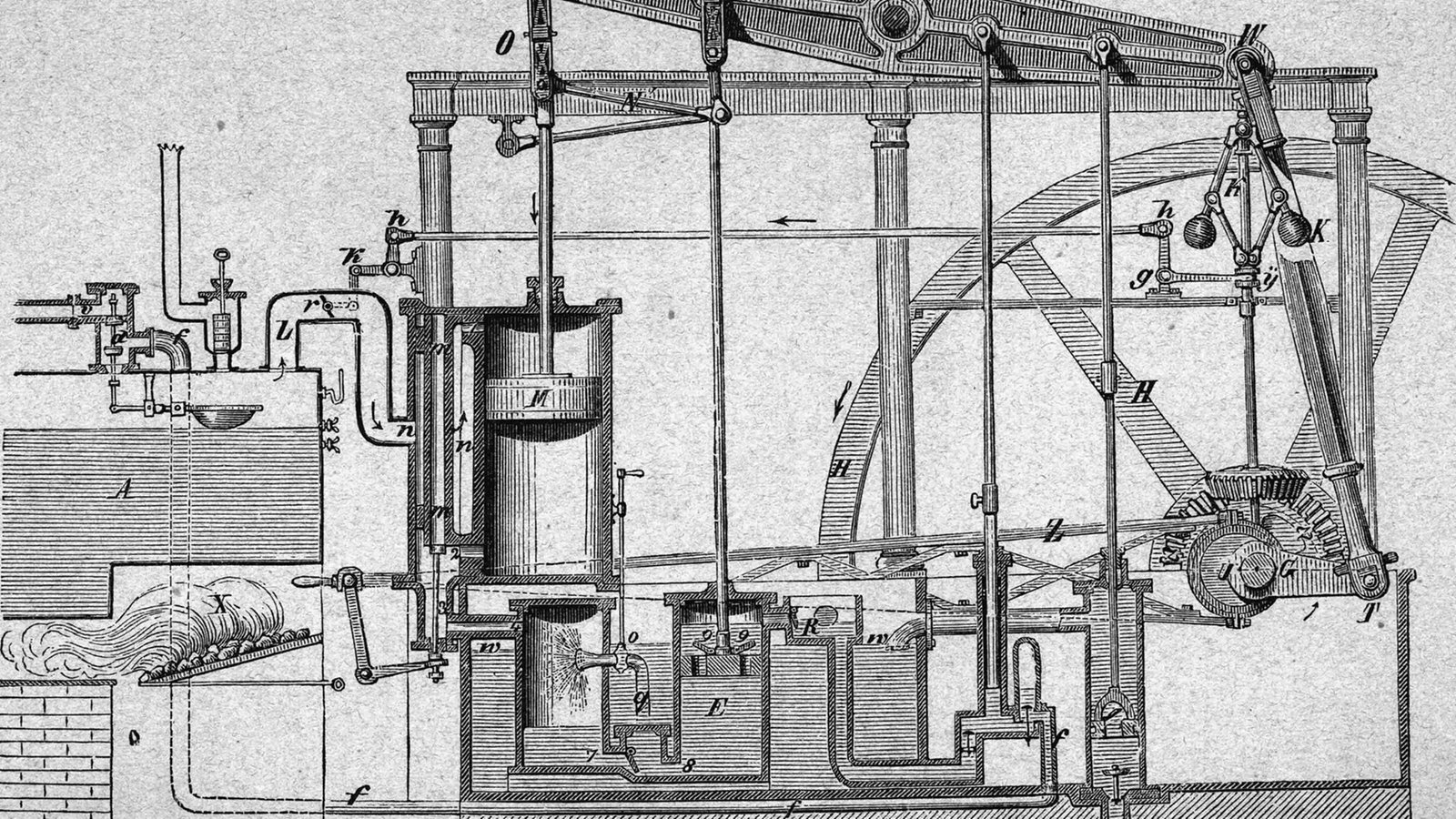
瓦特蒸汽机(Watt steam engine),又称博尔顿-瓦特蒸汽机(Boulton and Watt steam engine),是一种由詹姆斯·瓦特设计的早期蒸汽机,是工业革命的推动力之一。詹姆斯·瓦特在1763年至1775年期间,在马修·博尔顿的支持下,零星地展开设计。
与早期其他人设计的蒸汽机(如纽可门蒸汽机)相比,瓦特设计的蒸汽机节省了更多的燃料。1776年,瓦特设计的蒸汽机开始商业化,此后瓦特持续改进自己设计的蒸汽机。
过了很多年后,新的设计才开始逐步取代瓦特设计的蒸汽机[1]。
The Watt steam engine design became synonymous with steam engines, and it was many years before significantly new designs began to replace the basic Watt design.
The first steam engines, introduced by Thomas Newcomen in 1712, were of the "atmospheric" design. At the end of the power stroke, the weight of the object being moved by the engine pulled the piston to the top of the cylinder as steam was introduced. Then the cylinder was cooled by a spray of water, which caused the steam to condense, forming a partial vacuum in the cylinder. Atmospheric pressure on the top of the piston pushed it down, lifting the work object. James Watt noticed that it required significant amounts of heat to warm the cylinder back up to the point where steam could enter the cylinder without immediately condensing. When the cylinder was warm enough that it became filled with steam the next power stroke could commence.
Watt realised that the heat needed to warm the cylinder could be saved by adding a separate condensing cylinder. After the power cylinder was filled with steam, a valve was opened to the secondary cylinder, allowing the steam to flow into it and be condensed, which drew the steam from the main cylinder causing the power stroke. The condensing cylinder was water cooled to keep the steam condensing. At the end of the power stroke, the valve was closed so the power cylinder could be filled with steam as the piston moved to the top. The result was the same cycle as Newcomen's design, but without any cooling of the power cylinder which was immediately ready for another stroke.
Watt worked on the design over a period of several years, introducing the condenser, and introducing improvements to practically every part of the design. Notably, Watt performed a lengthy series of trials on ways to seal the piston in the cylinder, which considerably reduced leakage during the power stroke, preventing power loss. All of these changes produced a more reliable design which used half as much coal to produce the same amount of power.[1]
The new design was introduced commercially in 1776, with the first example sold to the Carron Company ironworks. Watt continued working to improve the engine, and in 1781 introduced a system using a sun and planet gear to turn the linear motion of the engines into rotary motion. This made it useful not only in the original pumping role, but also as a direct replacement in roles where a water wheel would have been used previously. This was a key moment in the industrial revolution, since power sources could now be located anywhere instead of, as previously, needing a suitable water source and topography. Watt's partner Matthew Boulton began developing a multitude of machines that made use of this rotary power, developing the first modern industrialized factory, the Soho Foundry, which in turn produced new steam engine designs. Watt's early engines were like the original Newcomen designs in that they used low-pressure steam, and all of the power was produced by atmospheric pressure. When, in the early 1800s, other companies introduced high-pressure steam engines, Watt was reluctant to follow suit due to safety concerns.[2] Wanting to improve on the performance of his engines, Watt began considering the use of higher-pressure steam, as well as designs using multiple cylinders in both the double-acting concept and the multiple-expansion concept. These double-acting engines required the invention of the parallel motion, which allowed the piston rods of the individual cylinders to move in straight lines, keeping the piston true in the cylinder, while the walking beam end moved through an arc, somewhat analogous to a crosshead in later steam engines.


万历朝鲜之役是1592年至1598年(大明万历二十年至二十六年;日本文禄元年至庆长三年)间,大明、朝鲜国与日本(丰臣政权)之间爆发的两次战争,也是明朝万历三大征之一。明朝为抗倭援朝,先后两次派遣军队进入朝鲜半岛,与日军作战。朝鲜王朝方面称壬辰倭乱(韩语:임진왜란)以及丁酉再乱(韩语)(韩语:정유재란),日本方面称文禄庆长之役(日语:文禄・慶長の役)。
1591年(壬辰年),日本太阁(卸任关白)丰臣秀吉以“假道入唐”(唐,代指中国)为名义,致函朝鲜国王宣祖李昖,表示欲于次年春借道朝鲜转进攻明朝之托词,要求请予协助。在久未获答复,丰臣秀吉于1592年突然派兵入侵,致朝鲜节节败退,并促其转向宗主国明朝求援。明朝随后派兵入朝支援。此场战役祸及朝鲜半岛全境,其间曾于1593年议和并休战,但1597年(丁酉年)再度爆发战事。后期战役双方陷入胶着,最后由于丰臣秀吉的病逝,日军于1598年从朝鲜全面撤退,这场日本占领朝鲜并以之为跳板进攻明朝的行动最终失败。
 History
History

 IT-Times
IT-Times
 Review
Review

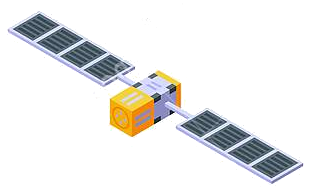
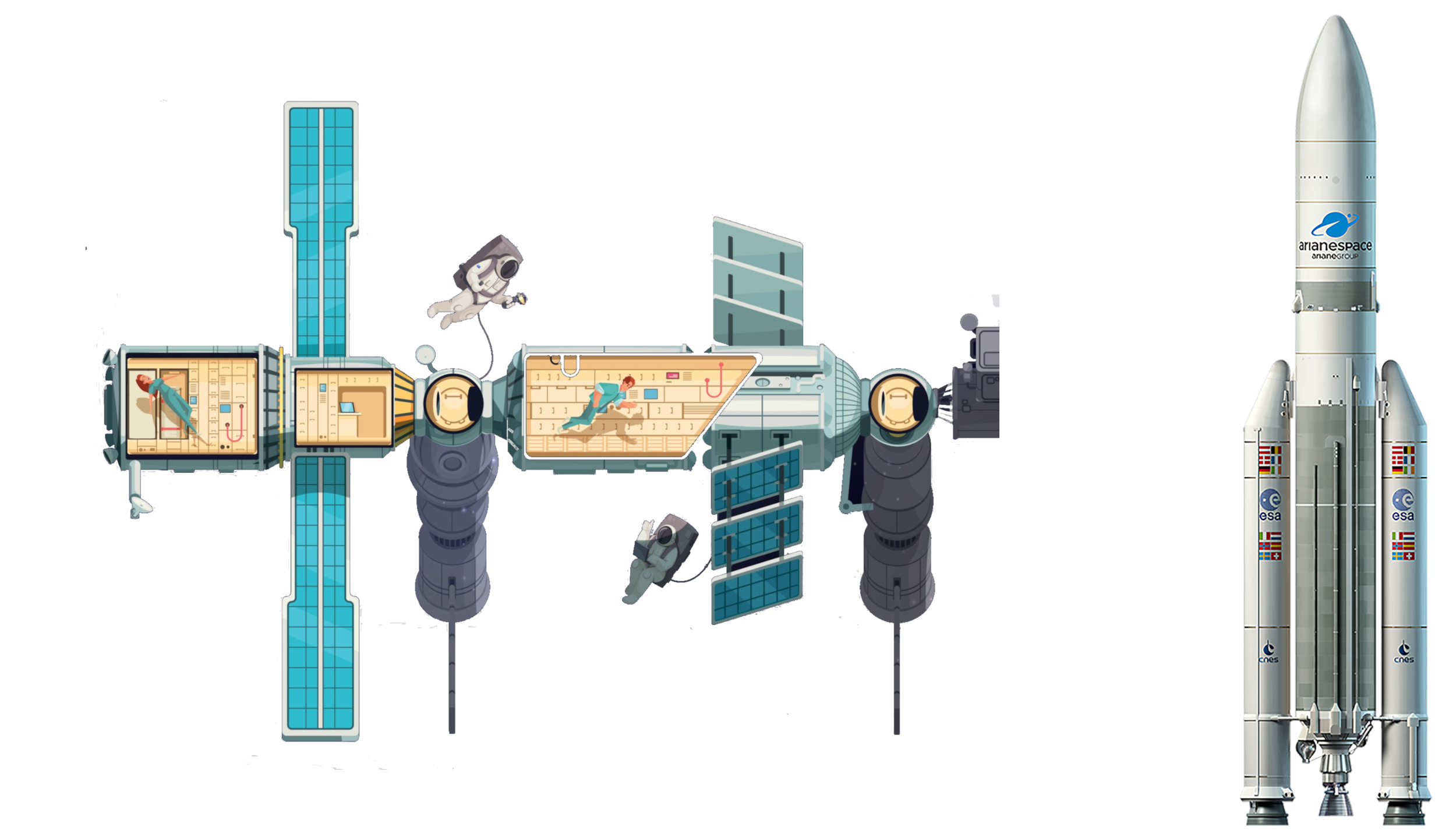 Aerospace
Aerospace

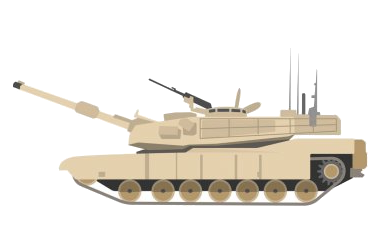

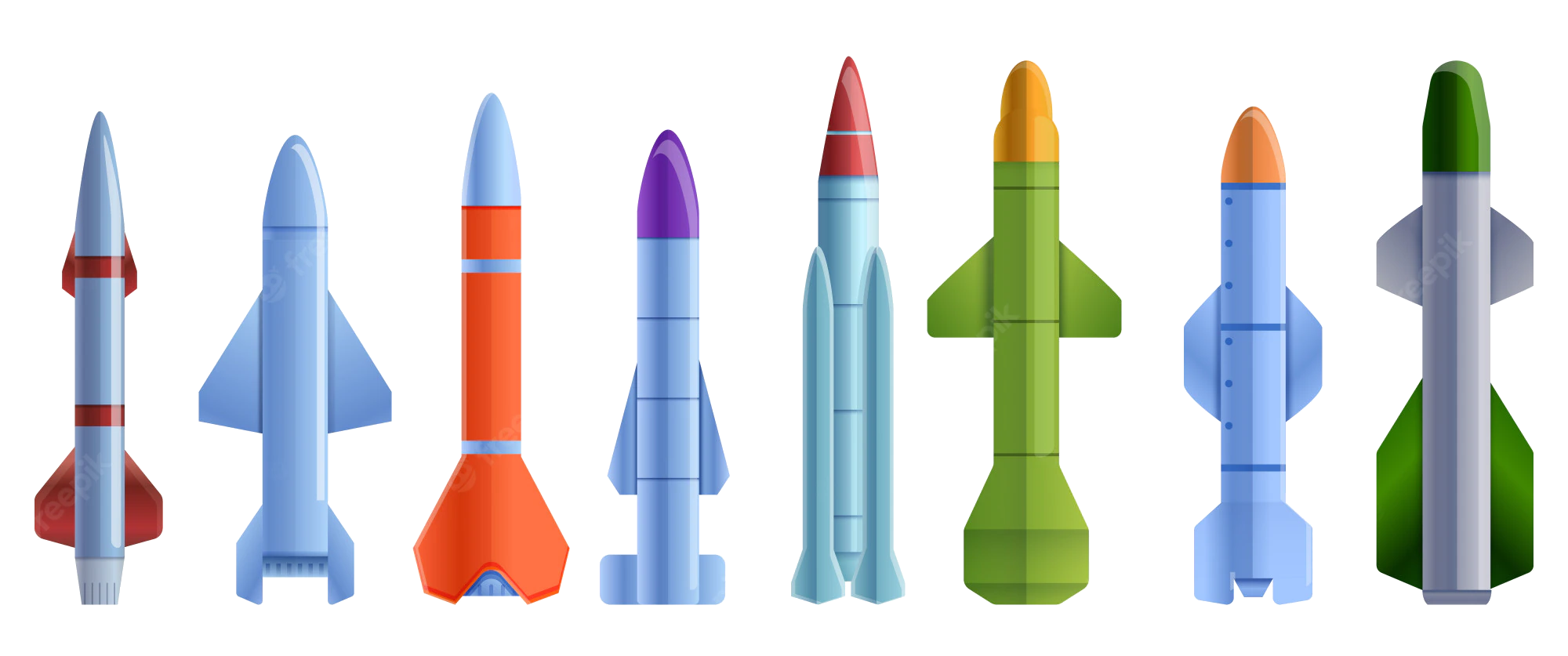 Military, defense and equipment
Military, defense and equipment
 Royalty
Royalty